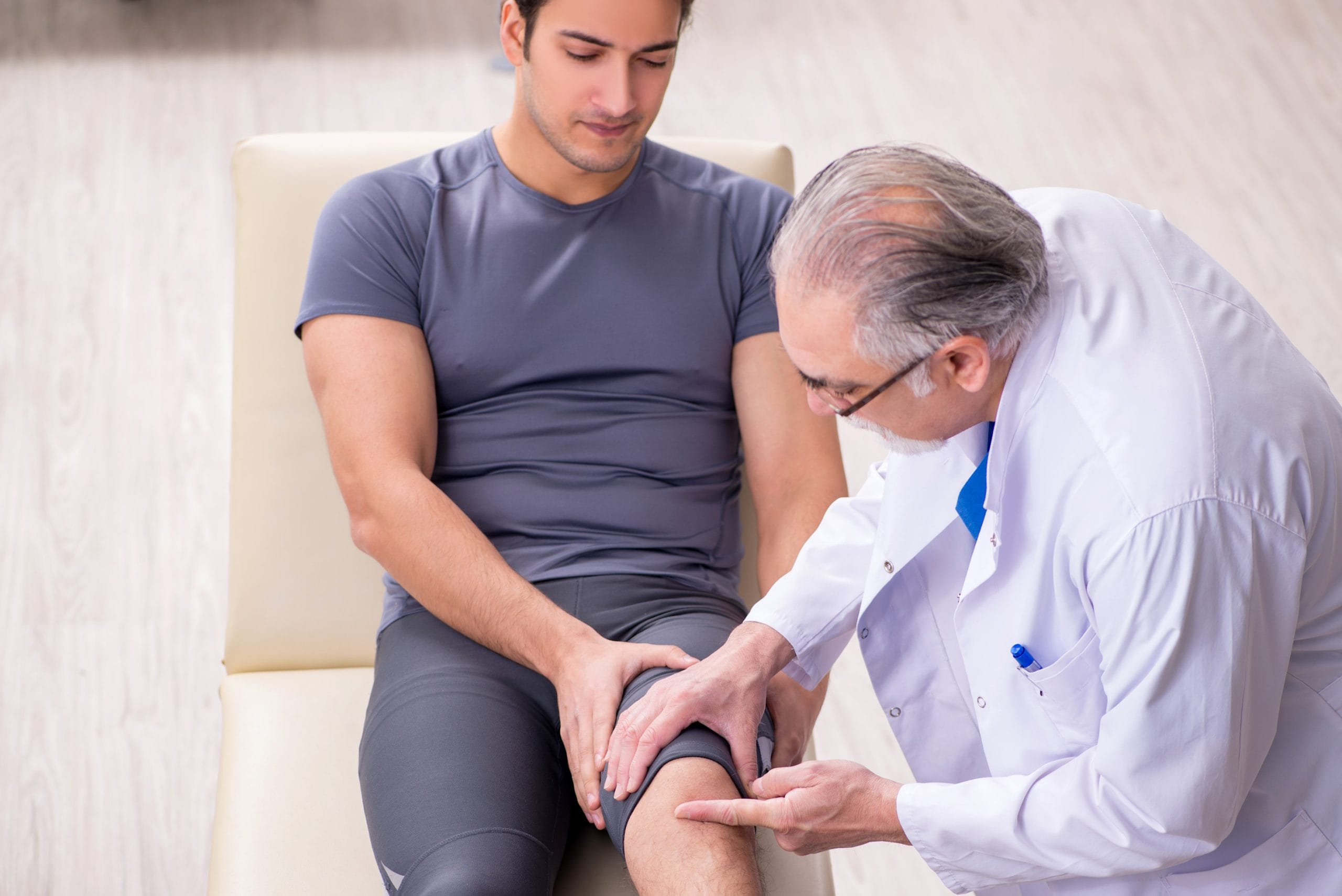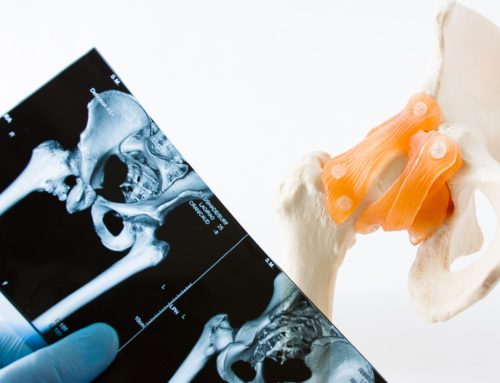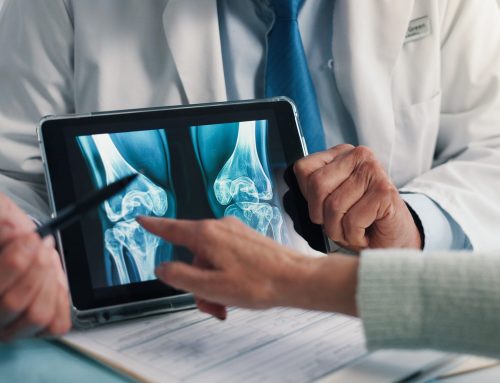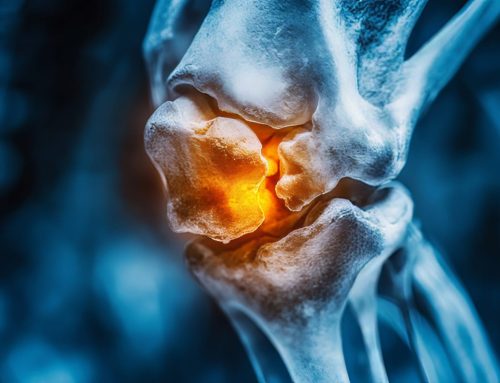Does joint pain make everyday tasks feel like a struggle? Maybe you’ve noticed stiffness in the morning that lingers longer than it used to. Or perhaps climbing stairs, lifting groceries, or even getting out of a chair feels more difficult than before. When pain becomes a daily obstacle, it’s easy to assume it will go away with time. But what if it doesn’t?
While occasional discomfort is normal, persistent or worsening joint pain could signal something more serious, like arthritis, cartilage damage, or a lingering injury. Seeing an orthopaedic specialist early can help you avoid further joint deterioration, improve mobility, and get back to moving comfortably. In this guide, we’ll cover the primary signs that it’s time to see a specialist, what happens if treatment is delayed, and when surgery might be the best option for long-term relief.

When to See an Orthopaedic Specialist
Ignoring joint pain won’t make it go away. In fact, waiting too long can lead to worsening damage, mobility issues, and even the need for surgery. The good news? Early intervention can help you stay active and pain-free.
If you’re experiencing any of the following, it may be time to see an orthopaedic specialist before the problem gets worse:
1. Persistent or Chronic Joint Pain
Pain that lasts for weeks or keeps returning isn’t normal. If your joint pain lasts for several weeks or continues to worsen over time, it may be a sign of an underlying condition such as arthritis or cartilage damage. With an estimated 15 million adults with arthritis reporting severe joint pain, you’re not alone—but the sooner you address it, the better your chances of relief.
2. Swelling, Redness, or Warmth Around the Joint
Notice persistent inflammation, tenderness, or heat around your knee, hip, or shoulder? This could indicate an injury, infection, or an inflammatory condition like rheumatoid arthritis that requires medical attention. An orthopaedic specialist can determine the cause and recommend appropriate treatment to prevent further complications.
3. Limited Range of Motion
Difficulty moving a joint, stiffness, or feeling like the joint is "locking up" are common signs that would benefit from being evaluated by a specialist. Don’t wait until simple movements become a daily challenge. Getting evaluated early can help preserve mobility.
4. Joint Instability or Weakness
Does your knee give out when walking? Does your shoulder feel like it might pop out of place? Exercise is always a good place to start to help build your muscles to support your joints. When this isn't helping, an assessment with a specialist can help determine if surgery is an option.
5. Pain That Affects Daily Activities
If joint pain makes walking, climbing stairs, or even getting dressed difficult, it’s a clear sign that it’s time to see a specialist. Your quality of life matters. Don't let pain hold you back from doing the things you love.
Common Conditions That Require Orthopaedic Evaluation
Not all joint pain is the same. Whether your discomfort comes from wear and tear, an old injury, or an underlying condition, understanding the root cause is the first step to lasting relief.
Here are some of the most common conditions that may require evaluation by an orthopaedic specialist:
→ Osteoarthritis: The most common cause of joint pain, osteoarthritis occurs when cartilage wears down over time, leading to stiffness, swelling, and chronic pain. If simple tasks like getting up from a chair or gripping objects feel harder than before, it may be time to explore treatment options.
→ Rheumatoid Arthritis: Unlike osteoarthritis, rheumatoid arthritis is an autoimmune condition that causes the immune system to attack healthy joint tissue, leading to inflammation and long-term joint damage. Early treatment can help slow progression and protect mobility.
→ Tendonitis: When tendons become inflamed due to overuse or strain, everyday movements can become painful. Common in athletes and active individuals, tendonitis can often be treated with physical therapy. However, if symptoms persist, an orthopaedic evaluation may be necessary.
→ Bursitis: This painful condition occurs when the fluid-filled sacs (bursae) that cushion your joints become inflamed. It often develops from repetitive movements or prolonged pressure on a joint, like frequent kneeling or leaning on elbows.
→ Ligament or Cartilage Tears: Whether from a sports injury or sudden trauma, ligament or cartilage damage can cause pain, instability, and long-term mobility issues. If your joint feels unstable, locks up, or doesn’t move like it used to, a specialist can help determine the best course of action.
Risks of Delaying Treatment
Hoping your joint pain will just go away? Ignoring it could lead to long-term damage that’s much harder to fix. Many people push through discomfort, assuming rest will solve the problem, but waiting too long can mean permanent joint deterioration, loss of mobility, and even a higher risk of surgery.
The Best Time to Act Is Now
You don’t have to live with constant pain. The earlier you seek treatment, the better your chances of relieving symptoms, avoiding surgery, and staying active. If your joint pain has been lingering or getting worse, now is the time to talk to a specialist. Schedule a consultation today to learn about your treatment options.
When to Consider Surgery for Joint Pain
No one wants to jump straight to surgery, but in some cases, it’s the best option to restore mobility, relieve pain, and prevent long-term damage. If you’ve tried physical therapy, medication, and other treatments without success, surgery might be the next step toward a stronger, pain-free future.
An orthopaedic surgeon can evaluate your condition and determine whether surgical intervention, such as joint replacement or arthroscopic surgery, is the best option for you.
If you're considering surgery but aren’t sure what the process looks like, our Patient Journey outlines each step, from consultation to recovery, so you know exactly what to expect.
Non-Surgical Treatments for Joint Pain
Surgery isn’t always necessary. Many joint conditions can be managed with non-invasive treatments that reduce pain, improve mobility, and strengthen your joints.
If you’re looking to relieve discomfort and stay active, here are some effective options to consider:
✓ Physical Therapy
Strengthens the muscles around your joint, improving support and reducing strain. A customized therapy plan can help restore flexibility and function over time.
✓ Medication
Anti-inflammatory drugs, pain relievers, or corticosteroid injections can help manage swelling and discomfort, especially for arthritis and overuse injuries.
✓ Weight Management
Reducing extra pressure on weight-bearing joints (like knees and hips) can slow joint degeneration and relieve pain. Even a small weight loss can make a big difference.
✓ Bracing or Assistive Devices
Knee braces, orthotics, and walking aids can help stabilize weak joints, prevent overuse, and improve mobility.
✓ Lifestyle Adjustments
Small changes like modifying activities, using ergonomic supports, and incorporating low-impact exercise like swimming or cycling can help protect your joints and keep you moving without pain.
Getting the Right Treatment at Gateway Surgery
You don’t have to live with joint pain. If discomfort is holding you back from doing the things you love, whether it’s staying active, playing with your kids, or simply moving without pain, the right treatment can make all the difference.
At Gateway Surgery, our expert orthopaedic surgeons take a personalized approach to joint care. Whether you need physical therapy, minimally invasive treatments, or surgical solutions, we’ll guide you toward the best path for lasting relief and restored mobility.
The longer you wait, the harder it can be to fix joint damage. Take control of your health today. Schedule a consultation with our specialists today and start your path to a pain-free life.
Have you experienced chronic joint pain? What treatments have worked best for you? Share your thoughts in the comments below!




